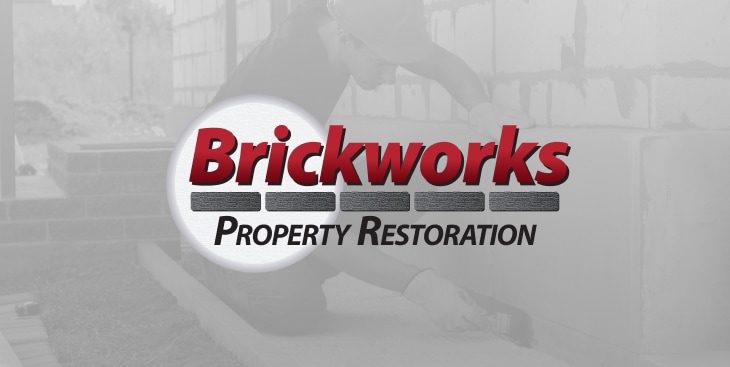

The Brick-Work World Of Joint Styles

With so many mortar joint styles available, it can be difficult for the untrained eye to distinguish the difference between them, or even know when one should be used over another. Not only do they affect the appearance and structure of the bricks, but they also play a role in the structure’s integrity, durability, and weather resistance, making it an extremely important factor in a chimney or wall’s construction. But how many types of joints are there? And which should you use? Here’s everything you need to know about joint styles.
The Concave Joint
Perhaps the most common form of mortar joint, the concave joint is done by using a striker tool or a blunt cylinder and running it along the joint to create a concave look that touches the ends of connecting bricks. You’ll find this joint type being used on the exterior of most homes, as it is one of the most superior and most consistent joint styles for water resistance.
The Vee Joint
This mortar joint is similar to the concave style, except that the curved joint is replaced with a distinct “V” shape. While still a viable joint choice, these are not employed as often and are considered somewhat rare. This is perhaps due to the fact that they are more intricate in execution and are more susceptible to water accumulation but make for quality joints nonetheless.
The Struck and Weather Joints
Mostly seen in older buildings—or those trying to replicate a classical look—these joints adopt a diagonal mortar angle with one edge touching the end of a brick and the other angling either up or down. Special care must be taken when performing these mortar joints so as to prevent water deterioration.
The Flush Joint
Creating a flush joint can often feel like layering a cake. As mortar is applied and bricks are laid on top, excess mortar is likely to secrete from the joint areas. Rather than creating a pattern inside the joint, the excess is simply scraped off, making it flush with the surrounding bricks. This is much rarer than other joint styles, as having a flush mortar joint makes it much more difficult to adequately waterproof the wall, which can lead to weathering after many years.
The Extruded Joint
The extruded joint is done just as you would a flush joint, but with one detail removed: The excess mortar is not scraped away. This is seldom seen among experienced workers, as it can cause unevenness and drooping. There is little uniformity to the way this type of joint is done, and structures that have implemented it often deal with water damage unless another component is involved.
The Raked Joint
Also known as a pushed-back joint or a recessed joint, it is another one of the most often seen styles. This is done by taking a wheel with a skate and a nail in it that scrapes along the wall to remove an inner layer of mortar. It is then gone over with a wire brush, creating a flat line of mortar that is not flush with the brick, but just shy of it. This makes the brick “pop” and is considered one of the most well-crafted joint styles.
The Grapevine Joint
Virtually identical to the flush joint in execution, the only major difference here is that the beam used to create the concave is much smaller. This allows for excellent water resistance as the tops and bottoms of the joint take on a flush joint appearance, with the center being concave. It is the ultimate hybrid of the concave and flush joint.
Looking For a Professional?
Mortar joints hold bricks together in a tight bond that is crucial to the structure’s long-term viability. Some joint styles are stronger than others, but the personal preference of joint aesthetics is also a factor to consider. Whichever type of joint style you decide to implement, hiring trained professionals—like those found at Brickworks—should be your top priority to ensure your mortar joints are matched properly.
Are you interested in learning more about the different types of mortar joints and who you can hire for personal brick repair? Brickworks offers customers quick and efficient work at an affordable price. Contact us and grab your free estimate today or give us a call at 586-868-3234.
Contact Us
Contact Us Today


We're Built on a Foundation of Excellence
Check Out Our Awards & Certifications
- Angi Super Service Award 2023
- Nextdoor Neighborhood Favorite 2023
- A+ Better Business Bureau Rating
- Certified by the Environmental Protection Agency
- Certified Chimney Sweep

